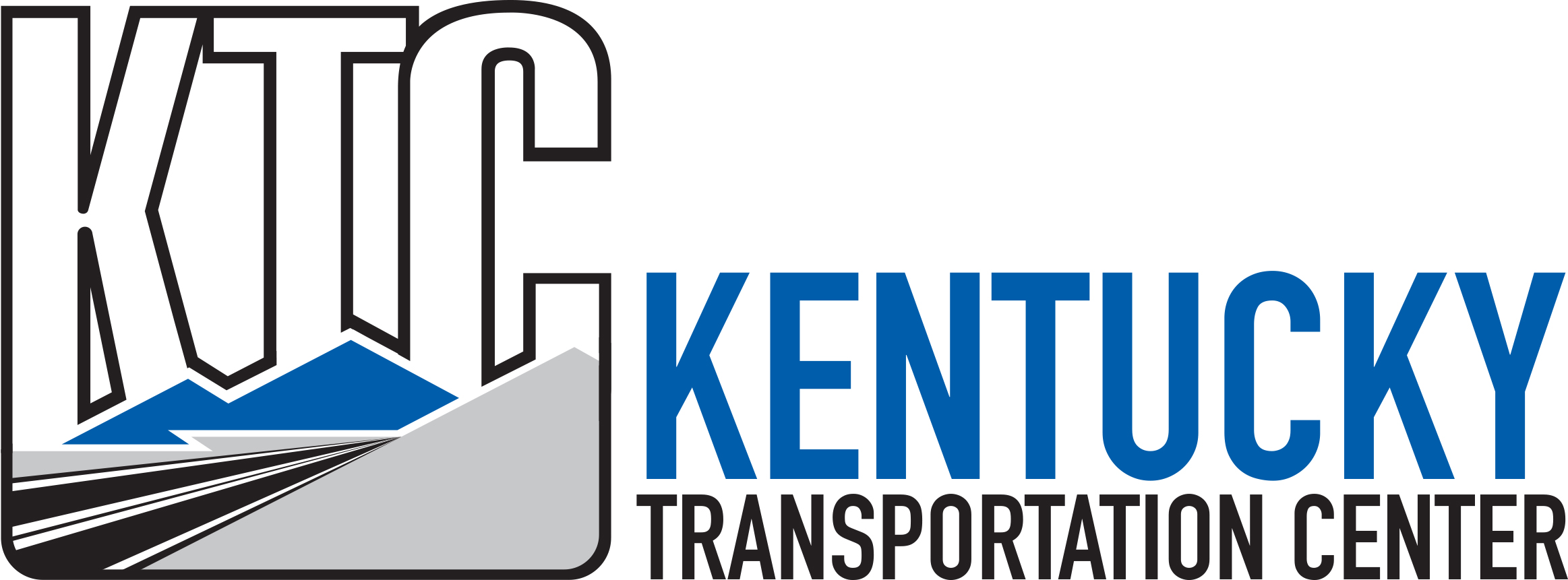Abstract
Impact roller compaction has been used to improve embankment and highway subgrades in South Africa, Australia, Europe, and China and other areas of the world. In September of 2003, the International Technology Scanning Program, sponsored by the Federal Highway Administration (FHWA), the American Association of State Highway and Transportation Officials (AASHTO), and the National Cooperative Highway Research Program of the Transportation Research Board, identified this technology as one of several foreign technologies and innovations that could significantly benefit U.S. transportation systems. The technology was high-lighted at the Fifth International Conference on the Bearing Capacity of Roads and Airfields in 1998 (Pinnard). To date, however, usage of these types of non-circular compactors is at an infant stage in the United States. The capability of this type of roller to compact soils and break-down and compact mixtures of hard rocks and clayey shales to a high percentage of maximum dry density obtained from modified compaction (AASHTO T-180) could provide many benefits. The main purposes of this report are to describe potential areas where this class of compactors might be applied in constructing transportation facilities and demonstrate some major potential benefits that could be obtained. Potentially, as shown in this report, this class of compactors could vastly improve the stability of many transportation facilities.
Report Date
6-2007
Report Number
KTC-07-18/SPR339-07-1F
Digital Object Identifier
http://dx.doi.org/10.13023/KTC.RR.2007.18
Repository Citation
Hopkins, Tommy C., "Compaction of Mixtures of Hard Rocks and Soft Shales and Non-Durable Shales Using Impact Compactors" (2007). Kentucky Transportation Center Research Report. 67.
https://uknowledge.uky.edu/ktc_researchreports/67




Notes
The contents of this report reflect the views of the authors, who are responsible for the facts and accuracy of the data herein. The contents do not necessarily reflect the official views or policies of the University of Kentucky, Kentucky Transportation Cabinet, nor the Federal Highway Administration. This report does not constitute a standard, specification, or regulation.